Visual merchandising
Manila, 22nd October 2013
Today I visited some major retail areas in the Makati area in support of one of our projects where we are developing a concept for the interiors and exteriors of big department store. A nice change from our hospitality work, though even here many lighting principles remain though package in a different way. Where in hospitality the focus is probably more on the human factor experiencing service, in retail the focus lies much stronger on the aspect of merchandising, more specifically visual merchandising. The art of displaying goods to make them more attractive to shoppers and entice them to buy. Visual merchandising is very much about displaying goods to a level that you understand what the product is, what the product can do and how the product can make your life easier or more interesting. For instance if you sell wine glasses you create a display with a table setting with glasses, a bottle of wine and wine in the glass. Likewise you may promote beach-ware with a summery display suggesting a day at the beach, etc.
In all cases lighting is the critical tool to bring out the message and attract customer attention to the goods on sale. The colour of the light, the angle of the light and the intensity of the light all play a role and have to be well balanced to achieve the desired result. It takes some experience and understanding of the basics of light to work with light on these displays. Unfortunately what I saw was in many cases a wrong use of the light, in some situations the light fitting seemed more important than the actual products on display. In visual merchandising more than ever the focus should be on the merchandise and not be distracted.
Light Watch 4-180: Some images of what I encountered….I leave you to make your own assessment. In my opinion hardly anything really works and is attractive in terms of visual attraction. Even some material choices (floor!) have a disturbing impact, with a poor balance of brightness and little visual guidance…

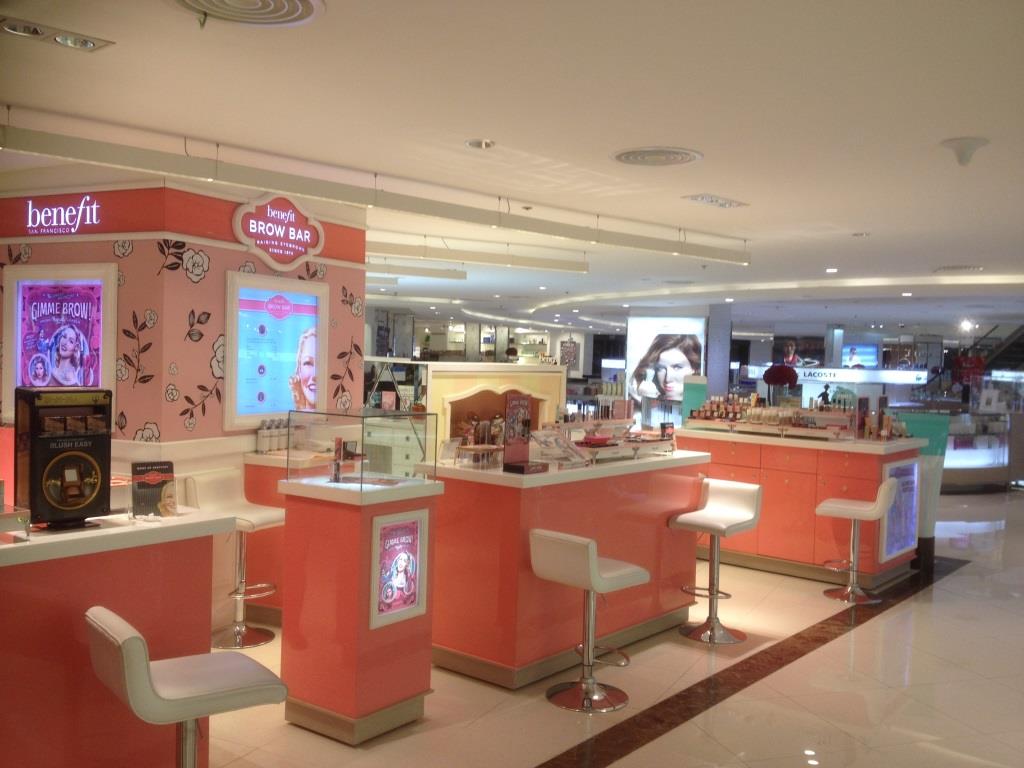
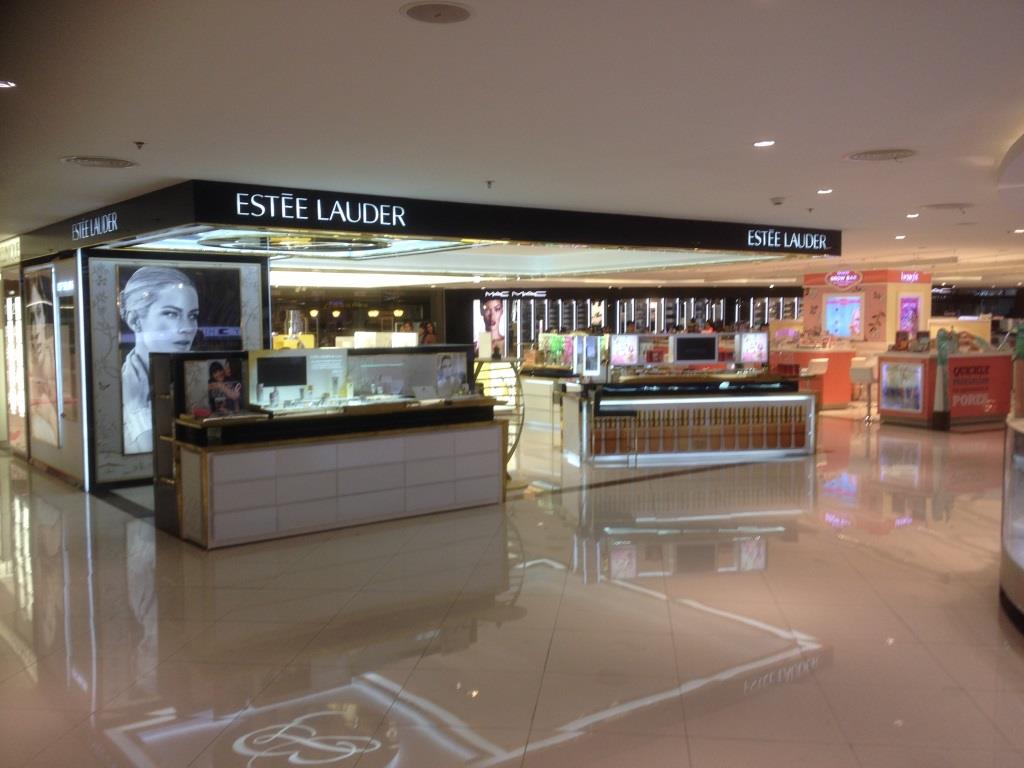
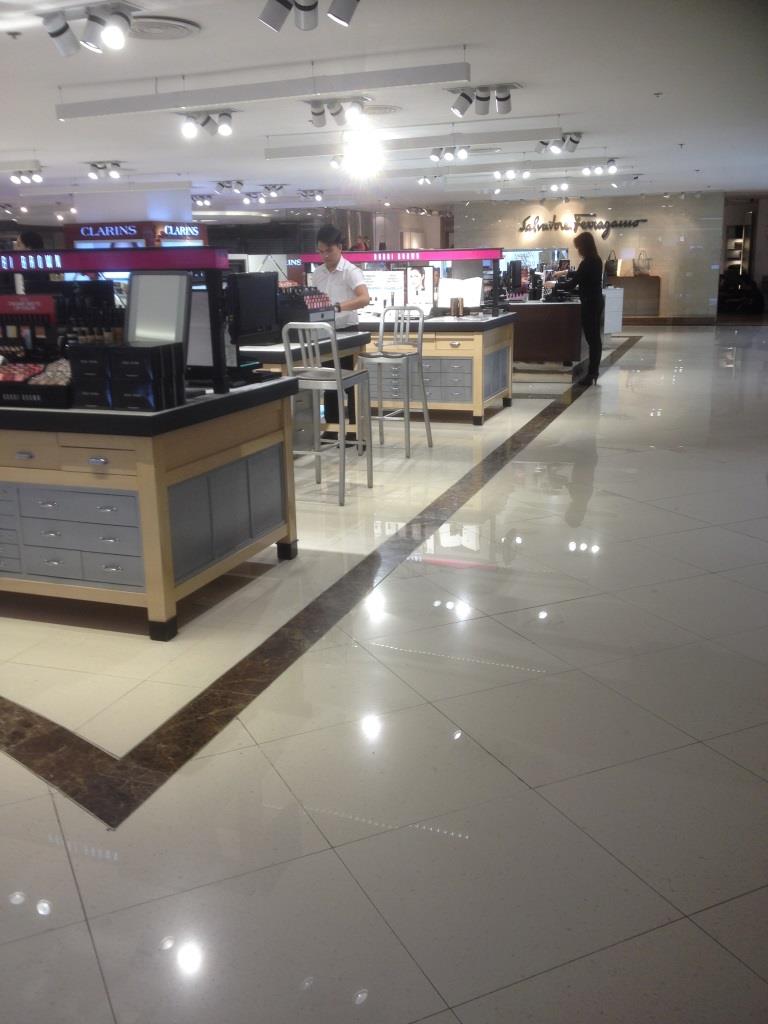
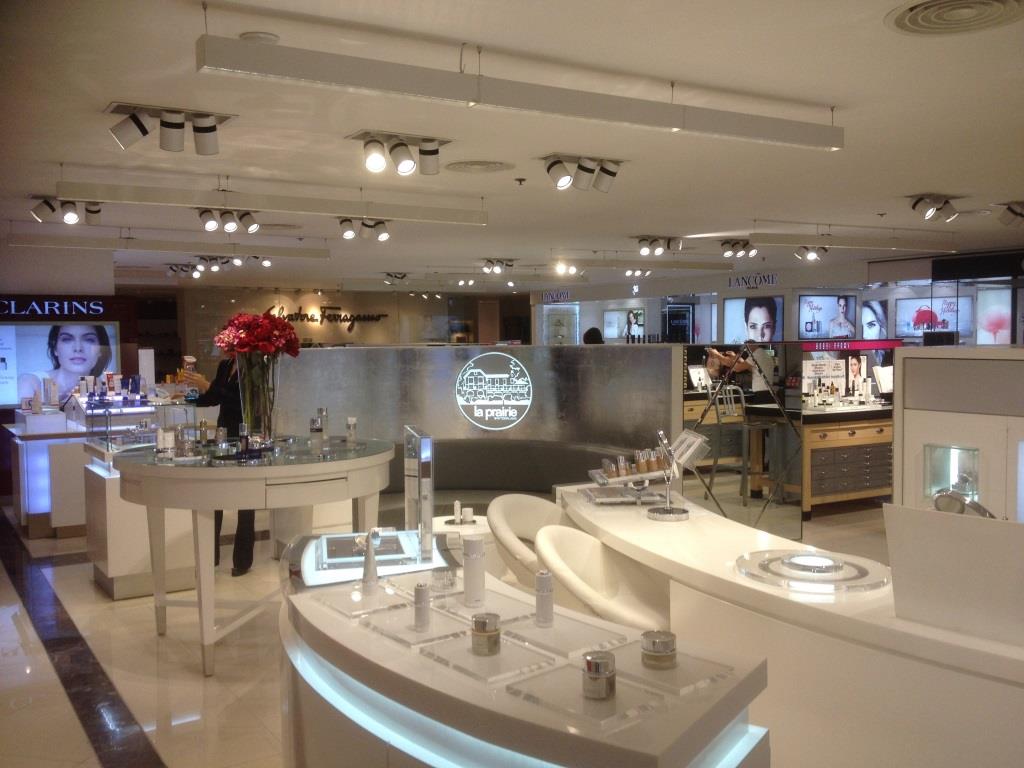
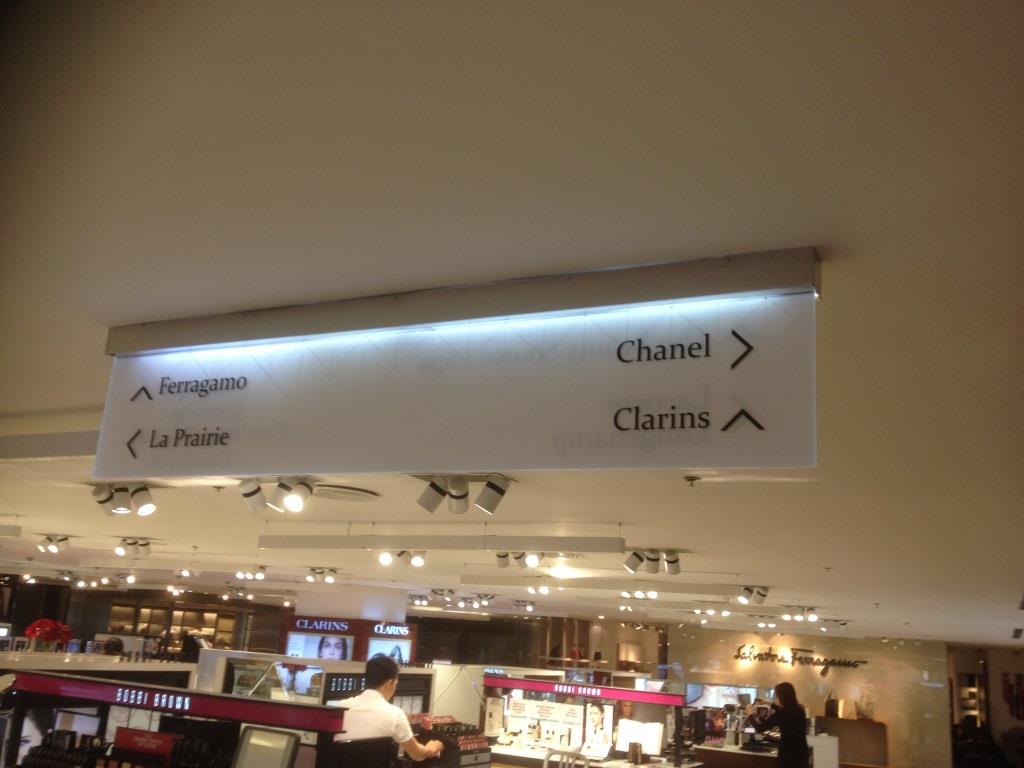
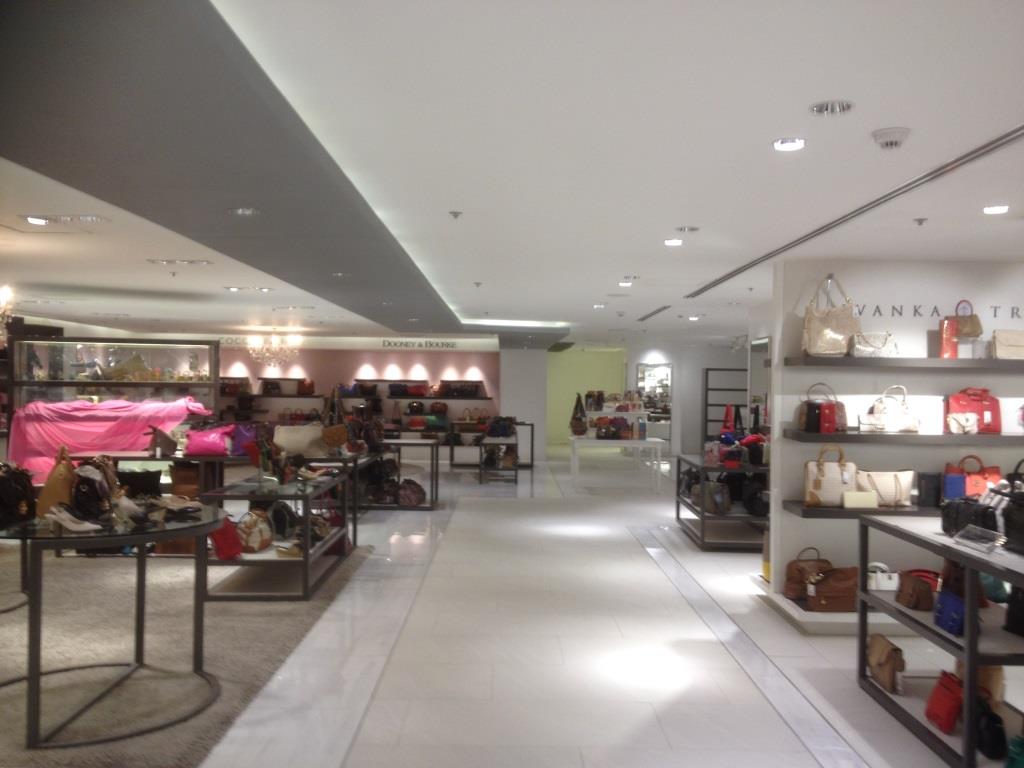
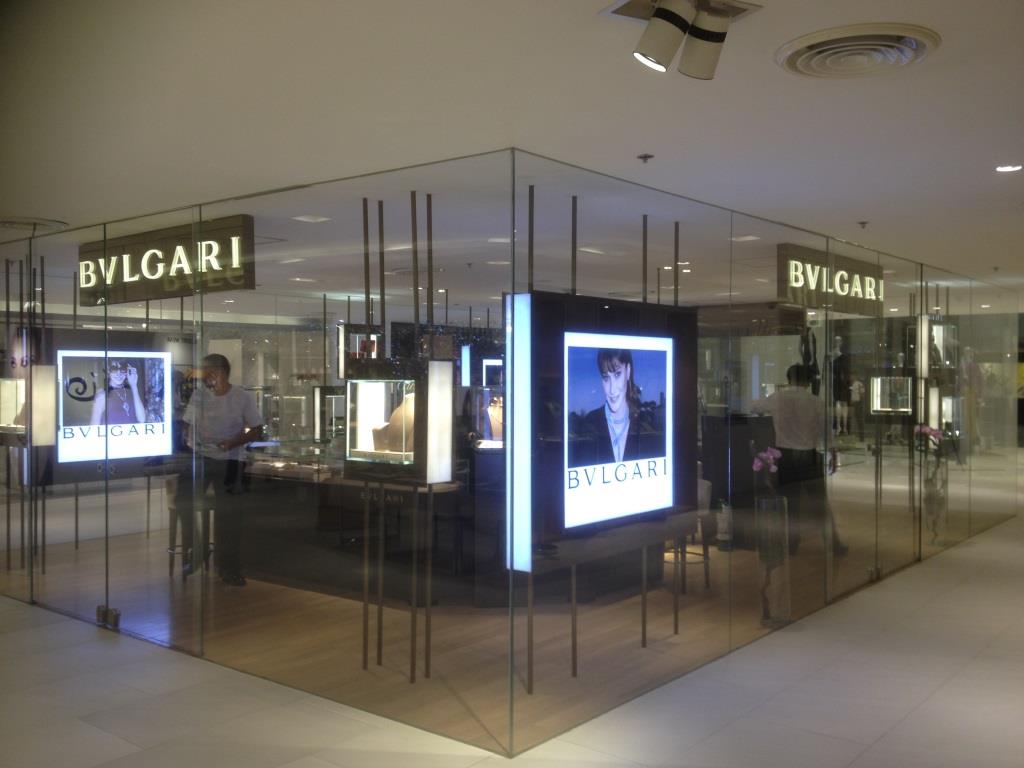
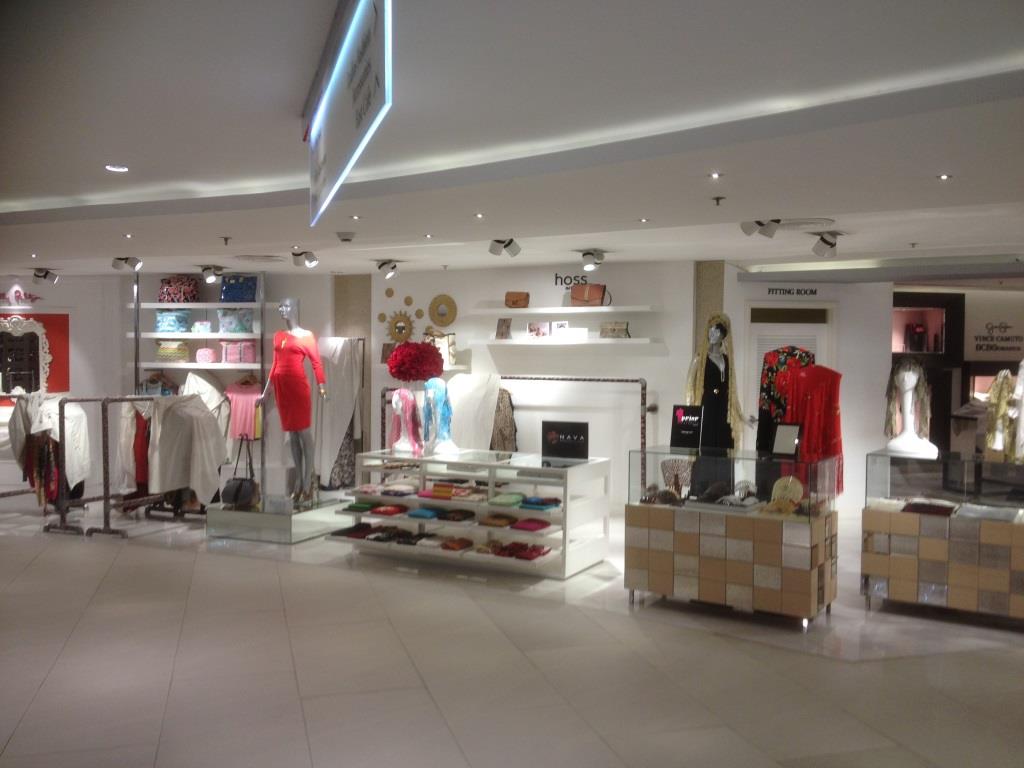
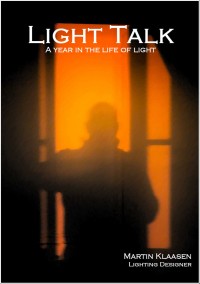 The long awaited book compilation of Martin's first year of blogging is available. Order now.
The long awaited book compilation of Martin's first year of blogging is available. Order now. Feedspot Top 100 Lighting Blogs
Feedspot Top 100 Lighting Blogs